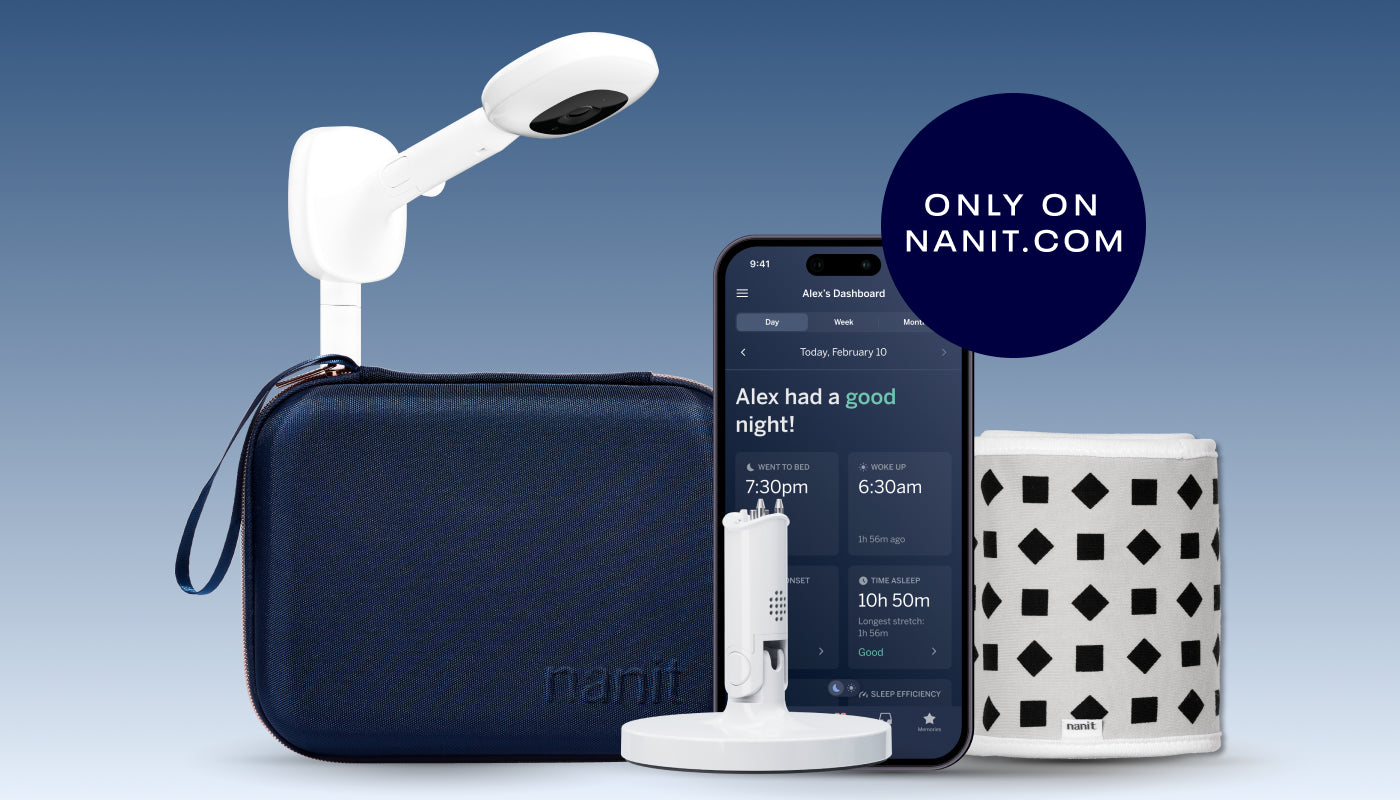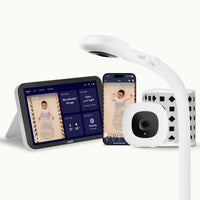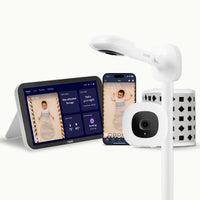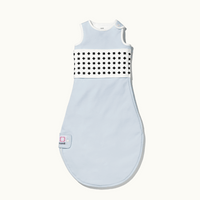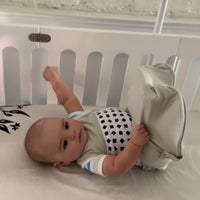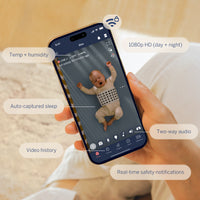Maria Breda, Maristella Lucchini, Natalie Barnett, Oliviero Bruni
Presented at World Sleep, Rio de Janeiro, 2023
Abstract
Introduction
During the first year of life, infants go through significant changes in their sleep patterns. From the irregular sleep-wake cycles of newborns, sleep gradually evolves to more predictable patterns. Establishing healthy sleep patterns in infants is crucial for their physical, cognitive, and emotional development. Parents and caregivers can help promote healthy sleep patterns, establishing consistent bedtime routines, creating a sleep-friendly environment, and responding to the infant's cues and needs. Understanding and accepting individual differences in sleep patterns can help parents adapt their caregiving strategies to meet the unique needs of their baby. In this study we propose to identify different sleep patterns in healthy infants, relying on objective sleep metrics.
Materials and Methods
A total of 623 parents of infants aged 9 to 13 months (M=10.31 months ± 1.13, 52.00% females) were recruited among users of Nanit baby-monitor in the United States and were asked to complete the Brief Infant Sleep Questionnaire (BISQ-R). Objective infant sleep metrics obtained from Nanit auto-videosomnography (1 week of data averaged) were: nighttime infant sleep duration, number of nighttime infant awakenings, number of parental nighttime visits, nighttime sleep efficiency, bedtime and wake up time. To group infants based on sleep variables, a cluster analysis was conducted using a series of hierarchical (Ward's method) and non-hierarchical (k-means) cluster analyses to determine the best representative model and to test stability and replicability of clusters. The between-cluster comparison was performed using ANOVA for parametric and the χ2 test for nonparametric variables. Post hoc tests were performed.
Results
Three reproducible and stable sleep groups were identified: Long Sleepers (LS, n.340), Interrupted Sleepers (IS, n.126) and Short Sleepers (SS, n.156). All sleep metrics were significantly different in the three groups. LS had longer nighttime sleep duration than IS (0.65 ± 0.08 h, p<.001) and SS (1.71 ± 0.07 h, p<.001), also IS had longer nighttime duration than SS (1.06 ± 0.09 h, p<.001), but presented more awakenings than SS (2.16 ± 0.10 h, p<.001) and LS (2.16 ± 0.09 h, p<.001), the latter did not differ in awakenings but in parent interventions, being more frequent in SS than in LS (0.65 ± 0.16, p<.001). Bedtime and wake up time were similar for LS and IS, whereas SS presented later bedtime and earlier wake up time than LS (1.29 ± 0.06 h, p<.001 and -0.26 ± 0.07 h, p<.001) and IS (1.22 ± 0.07 h, p<.001 and -0.30 ± 0.08 h, p<.001). Nighttime sleep efficiency was better in LS than in IS (0.05 ± 0.01, p<.001) and SS (0.01 ± 0.01, p<.001), SS presented better sleep efficiency than IS (0.04 ± 0.01, p<.001). No age or gender difference was found between clusters.
Conclusions
Cluster analysis based on objective sleep metrics offers a novel multidimensional approach to identify and understand infants' sleep patterns.
The categorization of infant sleep pattern through a non-invasive objective method like videosomnography might identify infants with sleep problems and might allow an early and specific intervention.
About the Researchers
The researchers included Maria Breda, Maristella Lucchini, Natalie Barnett, and Oliviero Bruni.

- Dr. Maristella Lucchini serves as Senior Clinical Researcher at Nanit. In her role, Maristella works to secure grant funding in collaboration with Nanit’s university research partners and supports the development of the company’s research collaborations around the world. Previously, Maristella served as an Assistant Research Scientist in the Division of Developmental Neuroscience, Department of Psychiatry at Columbia University Irving Medical Center where she led projects across several cohorts focusing on sleep health for pregnant and postpartum women and their children. Maristella’s research focused on underserved communities and sleep health disparities in the perinatal period. During her years as a postdoctoral researcher at Columbia University Irving Medical Center in the Department of Psychiatry, Maristella was selected to participate in the American Academy of Sleep Medicine Young Investigator Research Forum. She holds a Ph.D. in Biomedical Engineering from Politecnico di Milano.
- Dr. Natalie Barnett serves as VP of Clinical Research at Nanit. Natalie initiated sleep research collaborations at Nanit and in her current role, Natalie oversees collaborations with researchers at hospitals and universities around the world who use the Nanit camera to better understand pediatric sleep and leads the internal sleep and development research programs at Nanit. Natalie holds a Ph.D. in Genetics from the University of New England in Australia and a Postgraduate Certificate in Pediatric Sleep Science from the University of Western Australia. Natalie was an Assistant Professor in the Neurogenetics Unit at NYU School of Medicine prior to joining Nanit. Natalie is also the voice of Nanit's science-backed, personalized sleep tips delivered to users throughout their baby's first few years.
